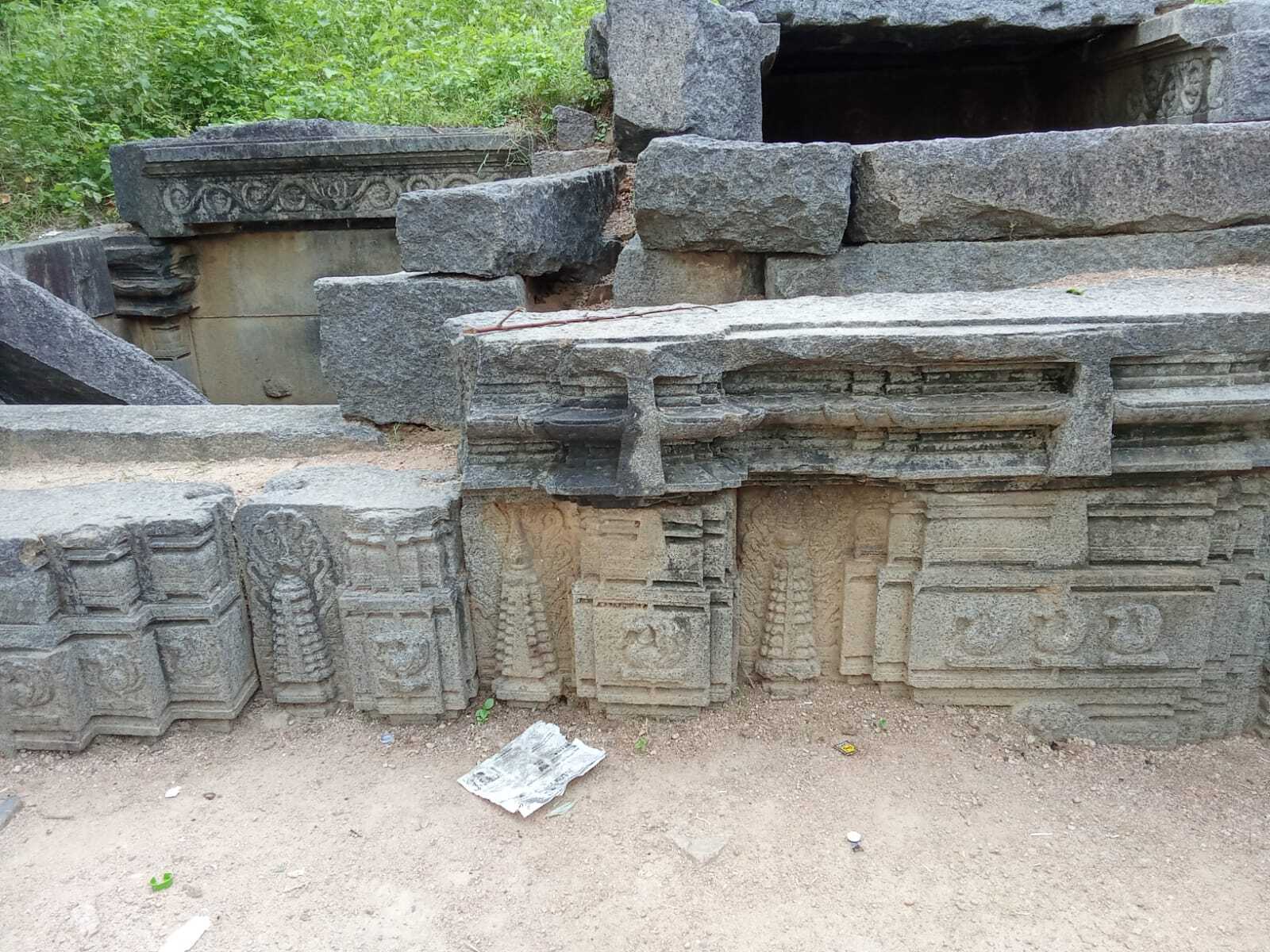L P Gandi Temple(Trikutalayam)Lakshmi Parvathy Temple

L P Gandi Temple(Trikutalayam)Lakshmi Parvathy Temple
The Lanjapatra Gandi Temple, also known as the Lakshmi Parvathy Temple, is a significant archaeological find from the Kakatiya period, notable for its unique architectural features and historical context.
Architectural Features:
Trikutalayam Structure:
The temple is structured as a Trikutalayam, comprising three shrines under a single roof. This architectural style is distinctive to certain Hindu temples and reflects a complex layout.

Excavation and Discovery
Excavated in 1998 by the Archaeological Survey of India, Hyderabad Circle, the temple was originally buried within the mud fortification wall of Warangal. This discovery highlights its strategic placement and significance in the fortification system of the period.
The excavation revealed the temple's original construction materials such as brick, lime plastering, and intricate stucco decorations, providing insights into its architectural craftsmanship.
Shikaras in Bhumija Style:
One of the standout features of the Lanjapatra Gandi Temple is its Shikaras designed in the Bhumija style. Characterized by squat and compact profiles with multiple vertical projections resembling miniature shrines stacked one above the other, this style is relatively rare among Kakatiya temples. The presence of stucco decorations further enhances its artistic appeal, showcasing the decorative techniques of the era.
Did you like this ?